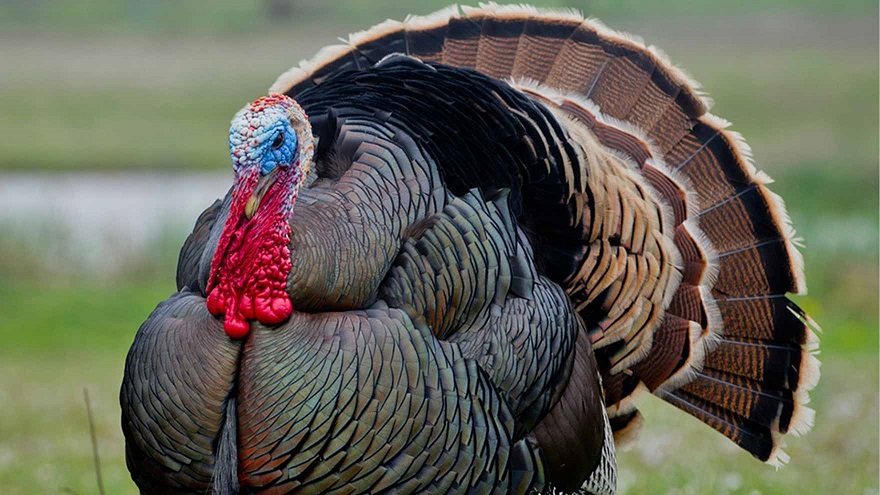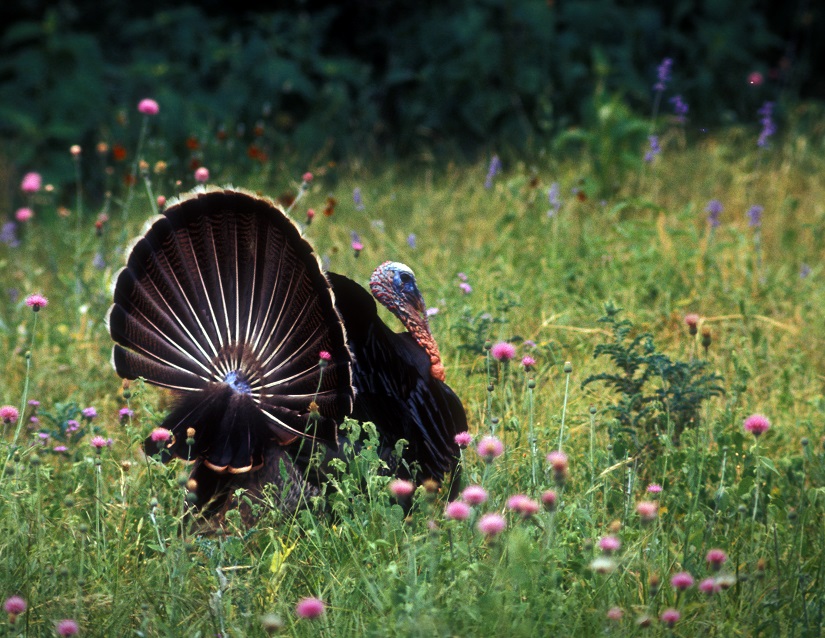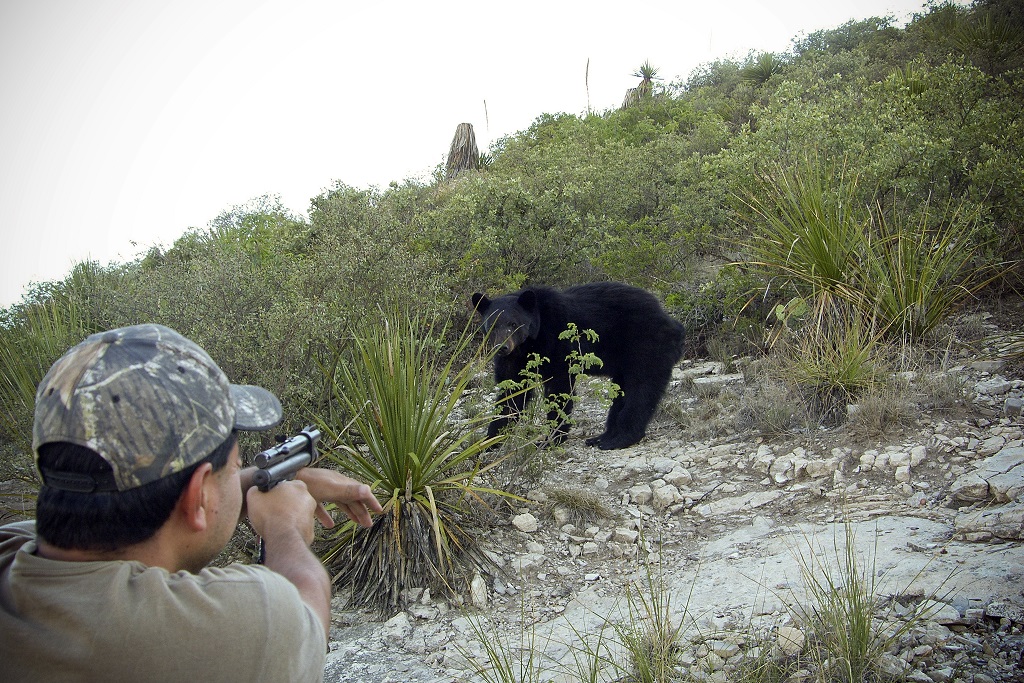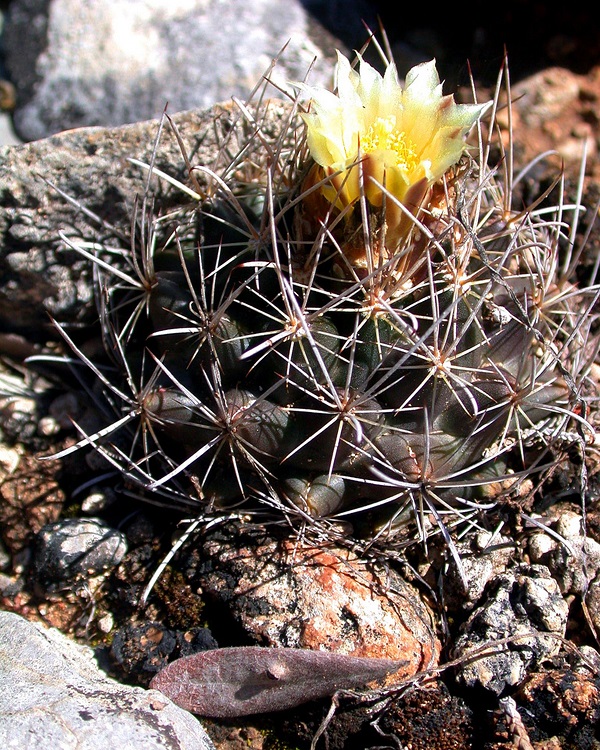TPW TV: Flocking with Friends
Monday, May 5th, 2014This is Passport to Texas
We’re deep in the heart of the 18th Annual Great Texas Birding Classic, which began April 15 and continues through May 15. It’s the world’s biggest and longest bird watching tournament.
Martha McLeod’s fifth grade science class – called the Awesome Ospreys – participated in last year’s event. They set their sights on seeing 100 species during the sunrise to noon tournament.
30— I’m hoping these kids can get to 100. They’re the last team to compete [Where’d he go?]; being at the tail end of migration, it’s going to be tough [It just flew over there.] Right now, they’re neck-and-neck with my fourth grade team. [Yeah, the eastern kingbird up there. There’s an Oriole! Oh, I see a spoonbill, guys. Whoa, what is that? A white ibis. The red-winged blackbird.] We’re not just doing textbook knowledge; we’re doing real world learning. And, if you put excitement in it, and you show the relevance to their own life — you’ve got them hook, line and sinker.
Find out if Martha McLeod’s Awesome Ospreys reached their goal of 100 birds, this week in a segment on the TPW PBS TV series. Check your local listings.
That’s our show for today… Funding provided in part by Ram Trucks. Guts. Glory. Ram.
For Texas Parks and Wildlife, I’m Cecilia Nasti.






 Passport to Texas is a
Passport to Texas is a  Passport to Texas is made available by:
Passport to Texas is made available by: